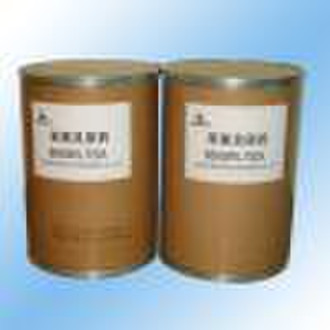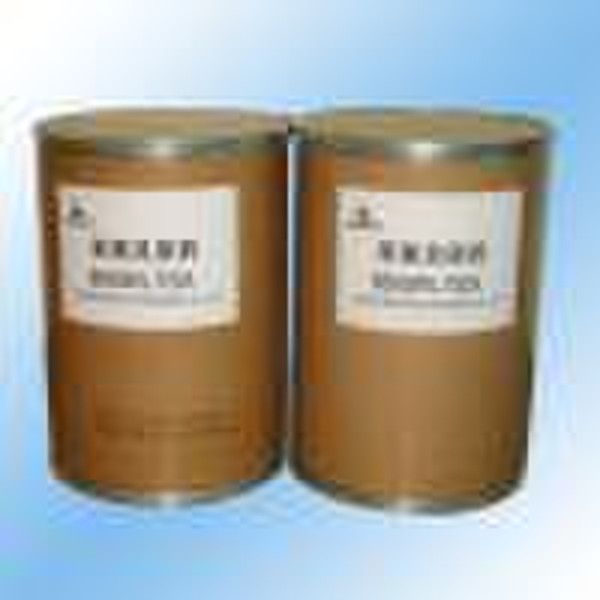基本信息
| 分类 | Fungicide |
|---|---|
| 化学文摘社编号. | 17804-35-2 |
| 出生地 | China |
| 牌子的名字 | Anpon |
| 国 | 粉 |
Benomyl Fungicide benzimidazloe Features: 1) Common name: benomyl 2) Structural formula: ; 3) Chemical name: methyl l-(butylcarbamoyl)benzimidazol-2-ylcarbamate 4) Molecular formula: C14H18N4O 5) Molecular weight: 290.3 6) CAS no.: 17804-35-2 Physical-chemical properties: 1) Appearance: white crystalloid 2) Melting point: 140oC (decomp.) 3) V.p.: <5.0 x 10-3 mPa (25oC) 4) KOW: logP=l.37 5) S.g./density: bulk density 0.38 6) Solubility: a) In water 3.6 (pH5), 2.9 (pH7), 1.9 (pH9) (all in μg/L, room temperature) b) In chloroform 94, acetone 18, dimethylformamide 53, xylene 10, ethanol 4, heptane 0.4 (all in g/kg. 25oC) 7) Stability: a) Decomposed by strong acids and strong alkalis b) Stable to light c) Stable under dry conditions d) Easily decomposed into carbendazim in water or plant media Technical specifications: 1) Benomyl 95% tech. 2) Appearance: white fiber laxity powder 3) a.i. content: 95.0% (minimum) 4) Moisture content: 0.1 % (maximum) 5) pH value: 5 - 7 Formulation: 50WP Analysis: product analysis by HPLC Packaging: 25kg/plastic woven bag or cardboard drum lined with plastic bag Applications: 1) Action: systemic fungicide with protective and curative actions 2) Uses: effective against a wide range of Ascomycetes, Fungi Imperfecti and some Basidiomycetes in cereals, grapes, pome and stone fruit, rice and vegetables. It is also effective against mites, primarily as an ovicide. Also used as pre-harvest spray or dip for the control of storage rots of fruit and vegetables. 3) Typical rates: a) On field and vegetable crops: 140 - 550 g a.i./ha b) On tree crops: 550 - 1100 g/ha c) For post-harvest use: 25 - 200 g/hl Toxicology: 1) Oral: acute oral LD50 for rats >5000 mg a.i./kg 2) Skin and eyes: acute percutaneous LD50 for rabbits >5000mg/kg; negligible irritant to skin, temporary to eyes (rabbits) 3) Inhalation: LC50 (4h) for rats > 2mg/L air 4) NOEL: (2y) for rats > 2500 mg/kg diet, no evidence of histopathological changes; for dogs 500 mg/kg diet 5) ADI: (JMPR) 0.1mg/kg b.w. 6) Birds: eight day dietary LC50 for mallard ducks and bobwhite quails > 10000mg/kg diet (using 50% formulation) 7) Fish: LC50 (96h) for rainbow trout 0.27, goldfish 4.2 mg/L 8) Bees: not toxic to bees LD50 (contact) > 50 μg/bee 9) Worms: LC Worm: LC50 (14 d) 10.5mg/kg (14 d) 10.5mg/kg 10) Daphnia LC50 (48h) 640μg/L Payment Term: L/C at sight Price Term: FOB Shanghai
-
支付方式
我们接受:










